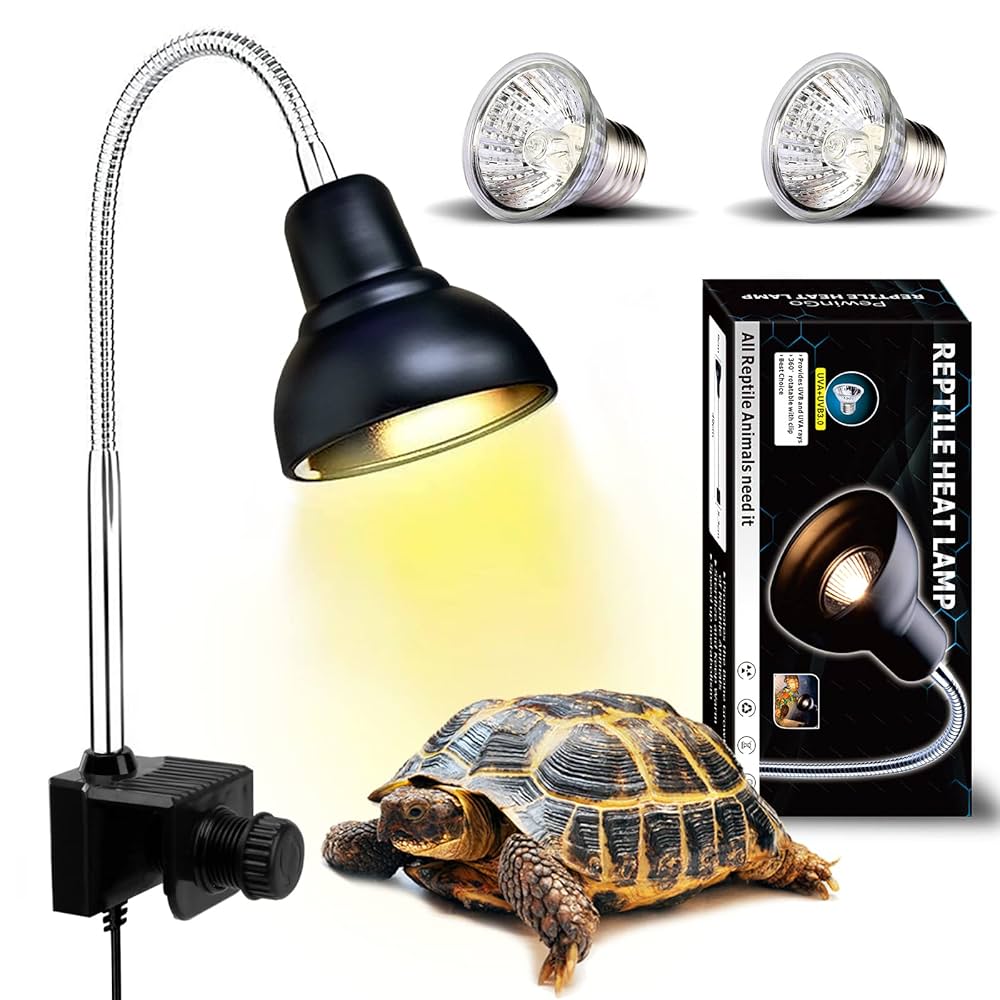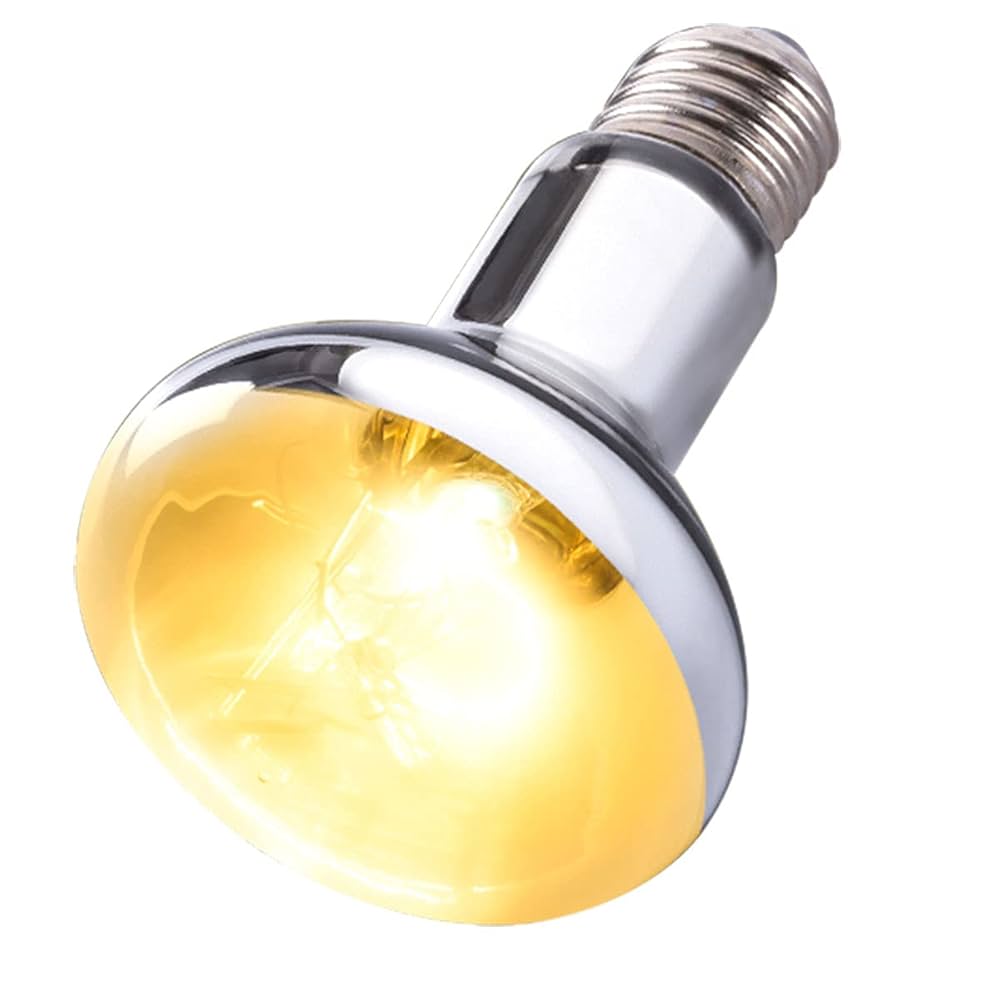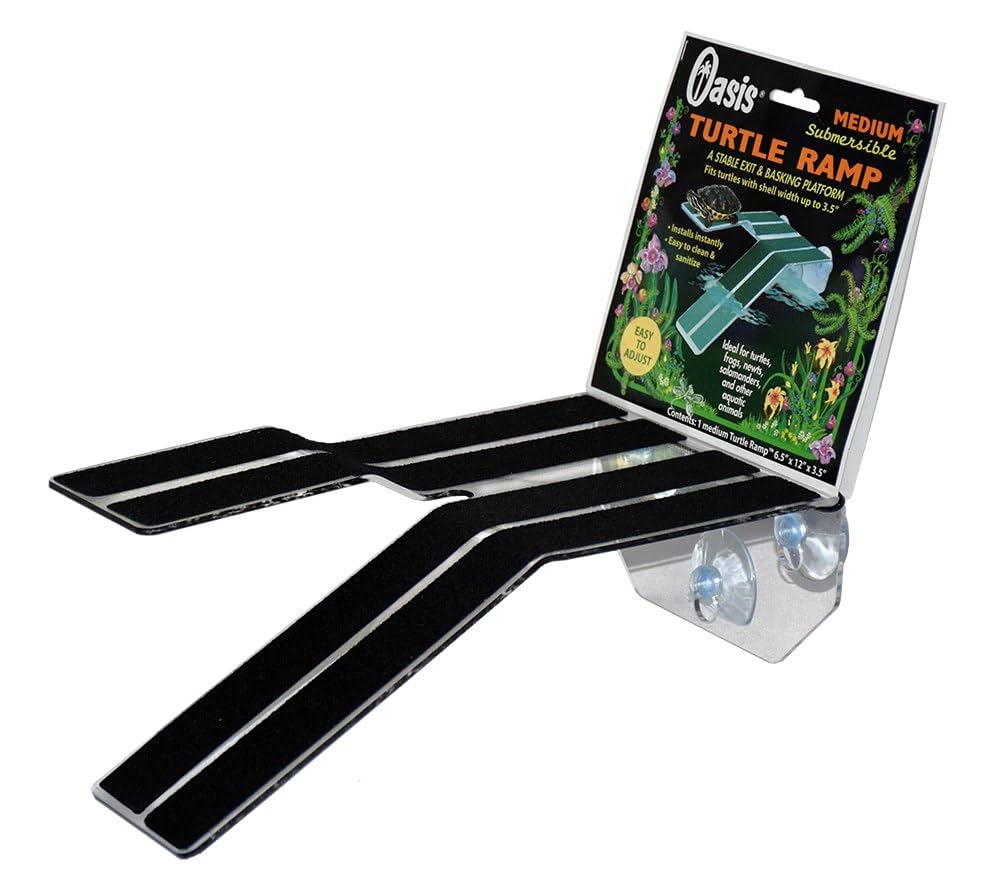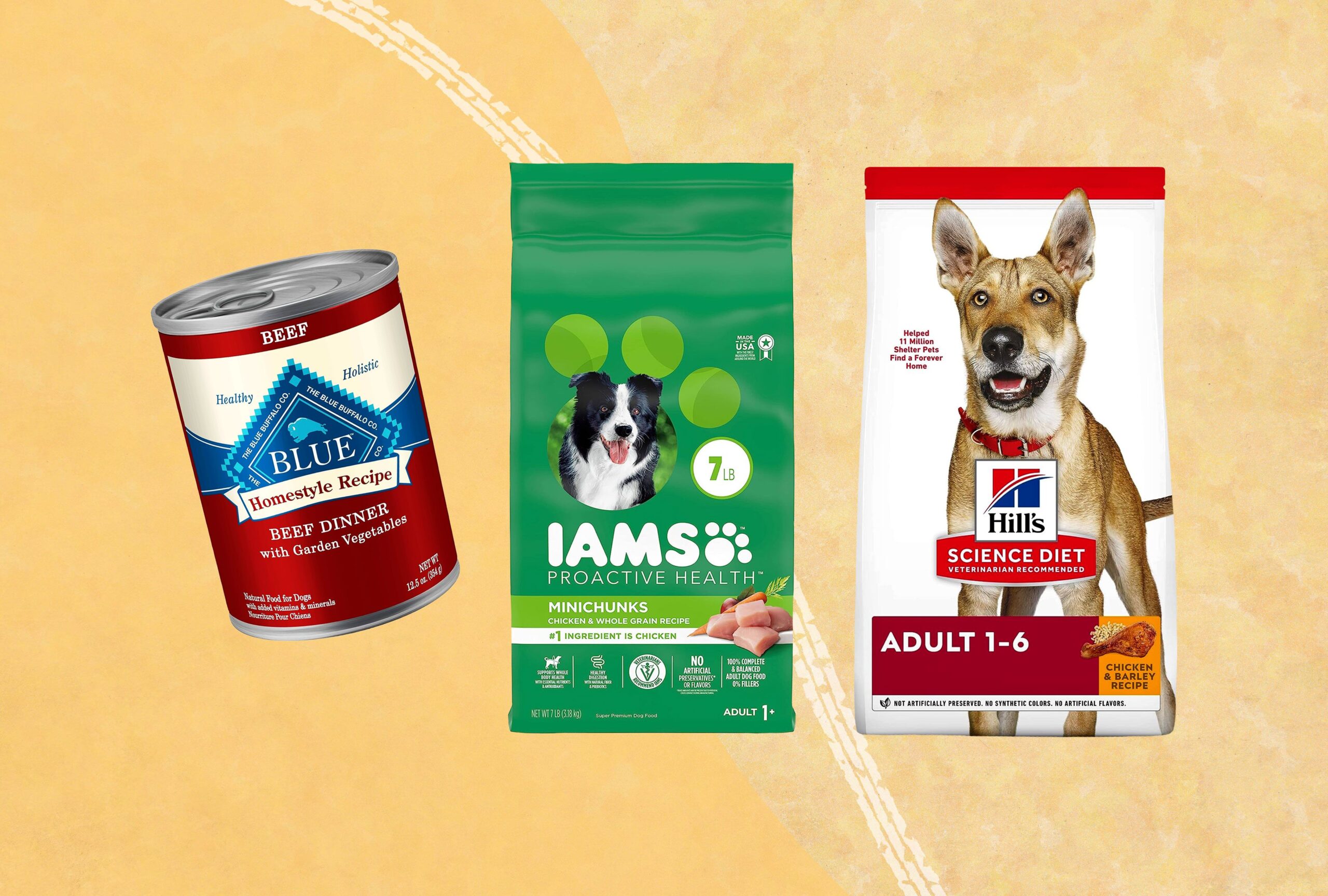What Is The Best Basking Temperature For Pet Turtles: Tips is exactly what I wanted as a new keeper years ago. I’ll cut right to it so you keep reading with confidence.
The clear, safe answer to what is the best basking temperature for pet turtles is usually 85–95°F (29–35°C) on the basking platform, with the water 75–82°F (24–28°C) for common aquatic species like Red-Eared Sliders (Trachemys scripta elegans), Painted Turtles (Chrysemys picta), and Map Turtles (Graptemys spp.).
I’ll show you how to set that up, keep it steady, and avoid hidden risks so your turtle thrives.

Source: www.amazon.com
What Is A Basking Spot?
A basking spot is the dry area where your turtle climbs out of the water to warm up and absorb UVB. Turtles use basking to raise body temperature, dry their shell, boost vitamin D3, and support immunity. Without it, they get sluggish, stop eating, and risk shell problems. This is why what is the best basking temperature for pet turtles matters so much.
:strip_icc()/african-helmeted-turtle-1094092102-885fa710f9a344bd9615fb61da691a19.jpg)
Source: www.thesprucepets.com
The Best Temperature Range (Simple Answer)
For most pet aquatic turtles, the best basking surface temperature is 90°F (32°C) in the center, with a gradient from 85–95°F (29–35°C) across the platform. I keep the water at 78–80°F (25–27°C) for adults and 80–82°F (27–28°C) for juveniles. This gentle difference lets the turtle thermoregulate. In plain words: the basking spot should be warmer than the water so your turtle can choose. If you ask me what is the best basking temperature for pet turtles in one line, it’s “Aim for 90°F on the dock, water around 78–80°F.”

Source: www.amazon.com
Why Temperature Matters (Backed By Research)
Heat controls digestion, immunity, and vitamin D3 synthesis from UVB. Studies in chelonian physiology show that reptiles optimize digestion and immune enzyme activity near their preferred body temps, often around 86–95°F for many semi-aquatic turtles. Research on shell health also links regular basking at proper temperatures with reduced shell biofilm and better keratin integrity. This is why I keep repeating what is the best basking temperature for pet turtles: it directly affects appetite, shell dryness, and disease resistance.

Source: www.amazon.com
Species-Specific Ranges (Aquatic Pets)
– Red-Eared Slider (Trachemys scripta elegans): Basking 88–94°F (31–34°C); water 76–80°F (24–27°C).
– Painted Turtle (Chrysemys picta): Basking 86–92°F (30–33°C); water 74–78°F (23–26°C).
– Map Turtles (Graptemys spp.): Basking 88–95°F (31–35°C); water 74–78°F (23–26°C).
– Musk/Mud Turtles (Sternotherus/Kinosternon): Basking 85–90°F (29–32°C); water 74–78°F (23–26°C).
– Softshells (Apalone spp.): Basking 90–95°F (32–35°C); water 76–80°F (24–27°C).
If you keep any of these, ask yourself daily: what is the best basking temperature for pet turtles like mine? Then adjust by species and age.

Source: www.amazon.com
UVB And Heat: They Work Together
Heat without UVB still fails the D3–calcium loop. Use a UVB tube (T5 HO, 5.0–10.0 depending on height) next to a heat bulb, both over the basking dock. Place them so the turtle gets UVB and heat at the same time. I measure what is the best basking temperature for pet turtles at the exact spot where the UVB hits.
How I Measure And Control Heat
– Use an infrared thermometer (temp gun) to check the surface temp.
– Put a digital probe on the dock for 24/7 monitoring.
– Plug the heat bulb into a dimmer or thermostat to fine-tune.
– Raise or lower the lamp to hit 90°F.
– Re-check at different times of day.
I do this weekly. It keeps what is the best basking temperature for pet turtles steady, even as room temps change.
Safe Equipment Setup (Step-By-Step)
1) Solid dock: big enough for the whole turtle to dry off.
2) Heat bulb: halogen flood or basking bulb, 50–100W depending on height.
3) UVB tube: T5 HO across 50–75% of dock length.
4) Distances: Usually 8–14 inches from bulb to dock.
5) Shielding: Bulb guard so your turtle can’t touch it.
6) Timer: 10–12 hours light daily.
7) Ventilation: Keep air moving to avoid heat buildup.
Follow these steps to lock in what is the best basking temperature for pet turtles without guesswork.
Common Mistakes I See (And How To Fix Them)
– Bulb too far: Dock is 78–82°F, turtle won’t bask. Fix: Lower lamp or use higher wattage.
– No UVB: Good heat, weak bones. Fix: Add T5 HO UVB tube.
– No gradient: Entire dock one temp. Fix: Angle lamp so one side is hotter.
– Overheating: Dock >100°F. Fix: Raise lamp or dim.
– Only measuring air: Surface may be cooler. Fix: Use a temp gun on the dock.
Avoid these, and you’ll hold what is the best basking temperature for pet turtles all day, every day.
Seasonal And Age Tweaks
– Hatchlings/Juveniles: Keep the basking near 90–92°F and water a bit warmer (80–82°F) to support growth.
– Adults: Basking 88–90°F, water 76–80°F works well.
– Winter Rooms: Rooms drop at night; use a thermostat to maintain stability.
I adjust weekly because what is the best basking temperature for pet turtles can shift with seasons and growth.
Evidence Snapshot (What Studies Indicate)
– Thermal preference: Semi-aquatic turtles often select body temps around 86–93°F during active periods, supporting digestion and immune function.
– UVB synergy: Controlled studies show heat plus UVB improves vitamin D3 status and calcium absorption more than UVB alone.
– Behavior: Turtles bask longer when the surface is near 90°F, then return to the water to cool—a healthy thermoregulation cycle.
– Health outcomes: Proper basking reduces shell microbial load and supports healing compared to cooler, damp conditions.
This is the science behind what is the best basking temperature for pet turtles, not just opinion.
Quick Troubleshooting Checklist
– Won’t bask? Check dock at noon; target 90°F.
– Gaping or restless? Might be too hot; aim 85–95°F range.
– Algae/shell funk? Ensure dock dries fully and heat is correct.
– Lethargic? Verify both basking temp and UVB output.
– Eating less? Re-check water temp alongside basking temp.
Run this list whenever you rethink what is the best basking temperature for pet turtles in your setup.
Action Plan: Do This Today
– Buy or borrow a temp gun.
– Measure your basking dock in three spots.
– Adjust lamp height to hit 90°F center.
– Set water heater to the right range for your species.
– Add a UVB tube if you don’t have one.
– Set a calendar reminder to re-check every Sunday.
I keep this routine so I always maintain what is the best basking temperature for pet turtles without surprises.
Frequently Asked Questions Of What Is The Best Basking Temperature For Pet Turtles
What Is The Best Basking Temperature For Pet Turtles In One Sentence?
Aim for a basking surface around 90°F (32°C) with water near 78–80°F for common aquatic species.
How Long Should My Turtle Bask Each Day?
Many pet turtles bask off and on for 1–6 hours total; focus on the correct temperature and UVB rather than chasing a fixed number.
Can I Use LED Bulbs For Basking?
No—LEDs don’t produce the right radiant heat; use a halogen or reptile basking bulb plus a UVB tube.
Do Night Lights Help My Turtle?
Skip night lights; turtles need a day–night cycle. Keep nights dark and maintain room temps within the safe range.
How Close Should The Bulb Be To The Dock?
Usually 8–14 inches, but always measure and adjust to reach 85–95°F on the basking surface.
Is 100°F Too Hot For Basking?
Yes, for most pet aquatic turtles it’s too hot; bring it down to the 85–95°F range, ideally around 90°F.
Conclusion
You asked what is the best basking temperature for pet turtles, and the winning target is a 90°F basking spot with water around 78–80°F for most common species. Keep UVB on the dock, measure with a temp gun, and adjust lamp height or wattage until you hit the mark.
Set your checklist today, make small tweaks, and watch your turtle get brighter, hungrier, and healthier. Share your setup results, subscribe for more care guides, or ask a question below—I’m here to help.
Watch This Video on what is the best basking temperature for pet turtles





Leave a Reply